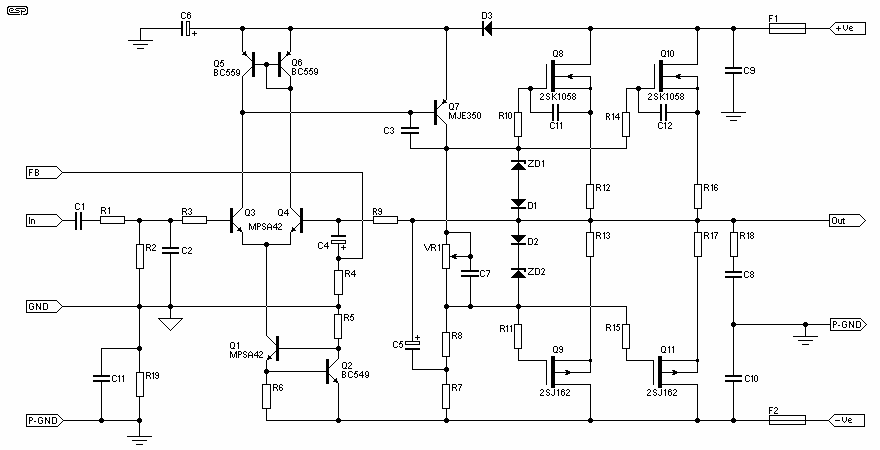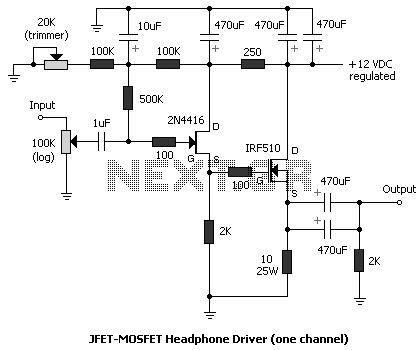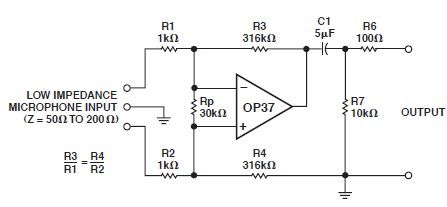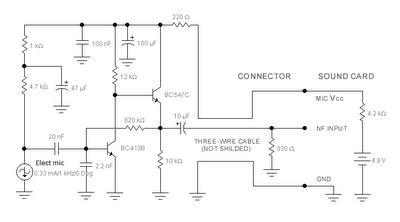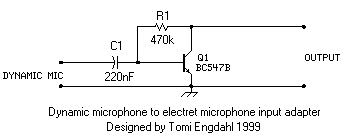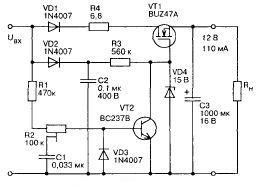
microphone Neumann SM 69 fet
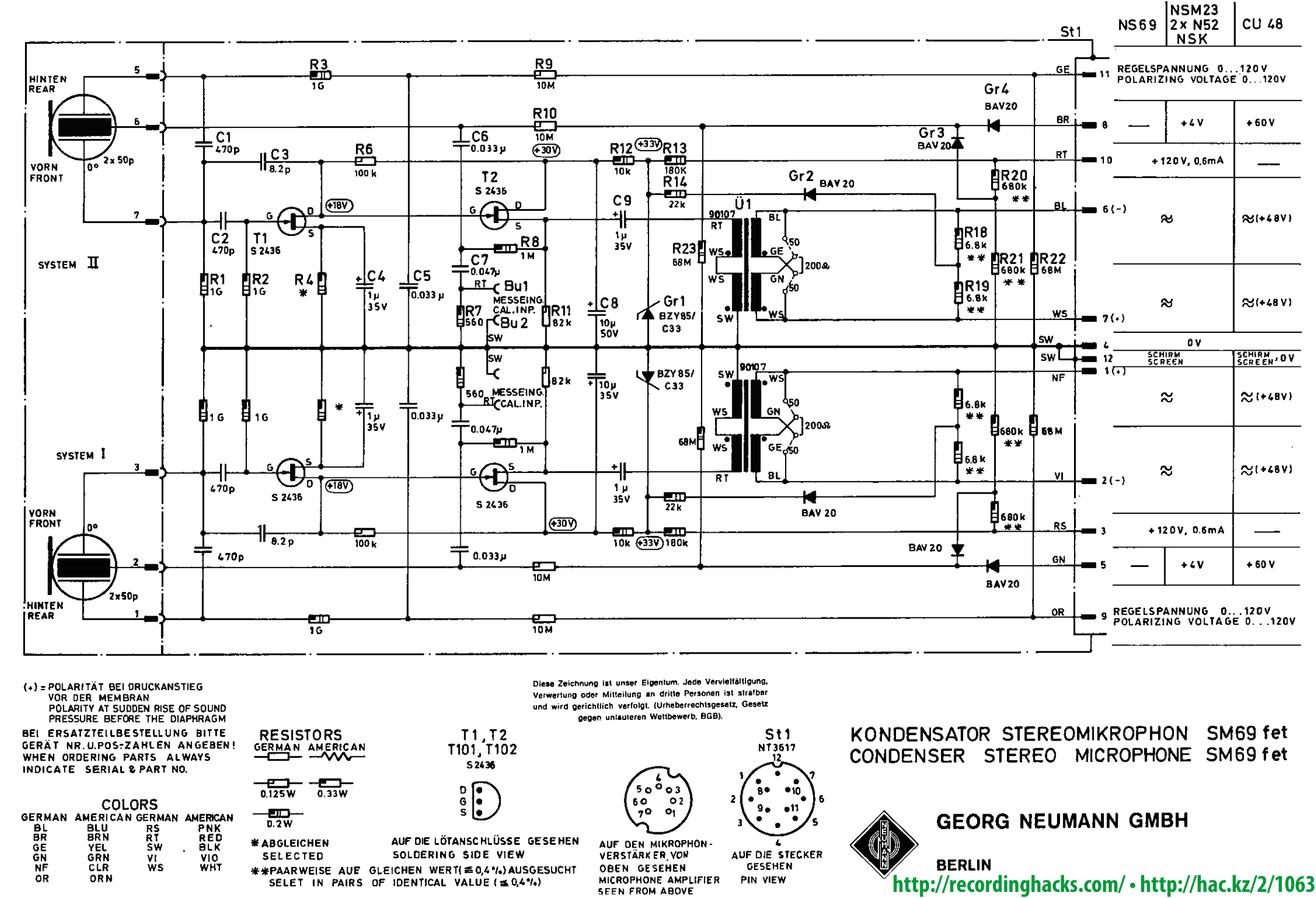
Both utilized a pair of capsules from Neumann's K67 family, stacked vertically, with the upper capsule capable of rotating 270° relative to the lower one (presumably between -90° and +180°, similar to the USM 69). The capsule employed is Neumann's K870, a 34mm design featuring dual 26mm diaphragms made of gold-plated Mylar. This same capsule is also found in the U87 model. Each capsule can be configured to operate in Omnidirectional, Cardioid, Figure-8, and six intermediate patterns, including Hypercardioid and Wide Cardioid. Unlike later models such as the USM 69, the pattern switches are not located on the microphone body but instead on an external power supply and switchbox. The CU48(i) and CK48K models operate using phantom power supplied by a console or DAW, utilizing an internal DC-DC converter to generate the necessary voltage from the +48V input. Direct audio output from the CU48 converter box cannot be used as is; the phantom power DC voltage must be decoupled from the audio (AC) before processing through the microphone preamp. The combination of multi-pattern functionality and a rotating upper capsule assembly enables the SM 69 fet to accommodate a range of single-point stereo pickup patterns. Having two capsules in close proximity provides additional advantages, such as a backup in case one capsule, amplifier, or downstream input channel fails during critical recordings. A common technique with the SM 69 fet involves selecting the optimal capsule for quiet singing and the other for louder passages. This is achieved by applying approximately 10dB more gain to the quiet capsule on the mic preamp and employing a compressor to reduce the output of the quiet capsule by about 13-15dB when the singer becomes louder. The outputs of both capsules are then combined into a single channel, functioning as an automatic mixer to achieve a consistent vocal level without noticeable heavy compression. The microphone body houses two distinct amplifier circuits, with the output of each capsule accessible separately via an XLR3M jack on the external power supply. The polar patterns for the SM 69 fet are selected remotely using an external power supply/switchbox, such as Neumann's NS 69 or NS 69 i, allowing for flexibility in installed applications while maintaining the ability to switch polar patterns. In contrast, the USM69 features pattern control switches directly on the microphone body, eliminating the need for an external device.
The Neumann SM 69 fet microphone is a sophisticated piece of audio equipment designed for professional recording environments. Its dual-capsule configuration not only enhances versatility in microphone placement and pattern selection but also ensures reliability during critical recording sessions. The ability to switch between various polar patterns allows sound engineers to tailor the microphone's response to specific recording scenarios, whether capturing a solo vocalist or a full ensemble. The external power supply and switchbox design facilitate ease of use in studio settings, where quick adjustments may be necessary without directly manipulating the microphone.
The internal architecture of the SM 69 fet includes high-quality amplifier circuits that maintain signal integrity and minimize noise, crucial for professional audio applications. The use of gold-plated Mylar diaphragms contributes to the microphone's sensitivity and response characteristics, providing a rich tonal quality across various sound sources. The design considerations for both the capsule and the overall microphone assembly reflect a commitment to high-performance audio capture, making the SM 69 fet a preferred choice among audio professionals for its reliability and sound quality.Both used a pair of capsules from Neumann`s K67 family, mounted one atop another, with the top capsule having the ability to be rotated 270 ° against the bottom (presumably, -90 ° +180 ° like the USM 69). The capsule is Neumann`s K870, a 34mm design with dual 26mm diaphragms made of gold-plated Mylar. The same capsule is used in the U87. Each ca psule could be switched among Omnidirectional, Cardioid, Figure-8, and six intermediate patterns including Hypercardioid and Wide Cardioid. Pattern switches were not on the microphone body, as with later designs such as the USM 69, but rather on an external power supply and switchbox.
CU48(i), CK48K - operates via phantom-power supplied by the console or DAW; uses an internal DC-DC converter to create the necessary voltage from the +48V input You cannot use the audio straight out of the CU 48 converter box, because you need to remove (decouple) the phantom power DC voltage from the audio (AC) before it can be processed in the mic pre. The combination of multi-pattern support and a rotating top capsule assembly allows the SM 69 fet to support a variety of single-point stereo pickup patterns: Having two capsules in close proximity yields additional benefits, such as having a backup if one capsule or amplifier or downstream input channel dies during a critical recording.
One trick I love to do with [the SM69 fet] is to put it on a very dynamic singer pick which of the two capsules sounds best for when they`re singing quietly and use the other for when they`re singing loudly. The way I get the two to switch over is to give the one that is meant for the quiet passages about 10db more gain on the mic pre than the one for the louder passages then set up a compressor that will pull the output of the soft passage capsule back about 13 15db when the singer gets loud and sum the output of the two to one channel which effectively acts like an automatic mixer where I can get a very even vocal level without the apparent effects of heavy compression.
The microphone body contains two separate amplifier circuits; the output of each capsule is of course available separately via an XLR3M jack on the external power supply. The polar patterns of the SM 69 fet are selected via remote control, on an external power supply/switchbox such as Neumann`s NS 69 (or NS 69 i).
This allows the microphone to be used in installed applications while retaining the ability to change polar patterns. On the USM69, the pattern control switches are on the mic body, and there is no need for an external hardware device.
🔗 External reference
The Neumann SM 69 fet microphone is a sophisticated piece of audio equipment designed for professional recording environments. Its dual-capsule configuration not only enhances versatility in microphone placement and pattern selection but also ensures reliability during critical recording sessions. The ability to switch between various polar patterns allows sound engineers to tailor the microphone's response to specific recording scenarios, whether capturing a solo vocalist or a full ensemble. The external power supply and switchbox design facilitate ease of use in studio settings, where quick adjustments may be necessary without directly manipulating the microphone.
The internal architecture of the SM 69 fet includes high-quality amplifier circuits that maintain signal integrity and minimize noise, crucial for professional audio applications. The use of gold-plated Mylar diaphragms contributes to the microphone's sensitivity and response characteristics, providing a rich tonal quality across various sound sources. The design considerations for both the capsule and the overall microphone assembly reflect a commitment to high-performance audio capture, making the SM 69 fet a preferred choice among audio professionals for its reliability and sound quality.Both used a pair of capsules from Neumann`s K67 family, mounted one atop another, with the top capsule having the ability to be rotated 270 ° against the bottom (presumably, -90 ° +180 ° like the USM 69). The capsule is Neumann`s K870, a 34mm design with dual 26mm diaphragms made of gold-plated Mylar. The same capsule is used in the U87. Each ca psule could be switched among Omnidirectional, Cardioid, Figure-8, and six intermediate patterns including Hypercardioid and Wide Cardioid. Pattern switches were not on the microphone body, as with later designs such as the USM 69, but rather on an external power supply and switchbox.
CU48(i), CK48K - operates via phantom-power supplied by the console or DAW; uses an internal DC-DC converter to create the necessary voltage from the +48V input You cannot use the audio straight out of the CU 48 converter box, because you need to remove (decouple) the phantom power DC voltage from the audio (AC) before it can be processed in the mic pre. The combination of multi-pattern support and a rotating top capsule assembly allows the SM 69 fet to support a variety of single-point stereo pickup patterns: Having two capsules in close proximity yields additional benefits, such as having a backup if one capsule or amplifier or downstream input channel dies during a critical recording.
One trick I love to do with [the SM69 fet] is to put it on a very dynamic singer pick which of the two capsules sounds best for when they`re singing quietly and use the other for when they`re singing loudly. The way I get the two to switch over is to give the one that is meant for the quiet passages about 10db more gain on the mic pre than the one for the louder passages then set up a compressor that will pull the output of the soft passage capsule back about 13 15db when the singer gets loud and sum the output of the two to one channel which effectively acts like an automatic mixer where I can get a very even vocal level without the apparent effects of heavy compression.
The microphone body contains two separate amplifier circuits; the output of each capsule is of course available separately via an XLR3M jack on the external power supply. The polar patterns of the SM 69 fet are selected via remote control, on an external power supply/switchbox such as Neumann`s NS 69 (or NS 69 i).
This allows the microphone to be used in installed applications while retaining the ability to change polar patterns. On the USM69, the pattern control switches are on the mic body, and there is no need for an external hardware device.
🔗 External reference
